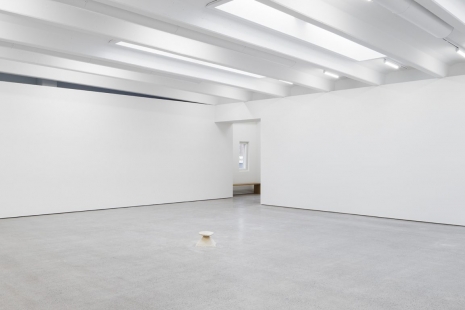Itsekuva may be translated as ‘self-image’, itse being the word for both ‘self’ and ‘the Self’ in contemporary Finnish. It is an ancient word with correlates in several other Uralic languages. In Mansi, for instance, a severely endangered Ugric language spoken by some 900 people in Western Siberia and considered one of the closest relatives of Hungarian, is is reported to mean ‘a person’s shadow, the transparent and wandering spirit of a living or dead human’.
When we use Itsekuva as an exhibition title we hope it will reverberate with such lost (or almost lost) shamanic meaning: Itse as a particular part of the soul, a protective spirit that leads a person through life like an archaic doppelgänger and, interestingly, much like the pre-Christian Karelian Luonto, another guarding and guiding spirit whose name today signifies ‘nature’.
Itsekuva thus also reverberates with the titles of the solo exhibition Martti Aiha: Omakuva(‘Martti Aiha: Self-Portrait’) and the group exhibition Luontokuva (‘The Image of Nature’), both shown at Kohta in the autumn of 2018. Furthermore, in this extended meaning itse alludes to the phenomena of ‘soul loss’ and ‘soul retrieval’ that are central to both traditional and revived shamanic healing practice.





